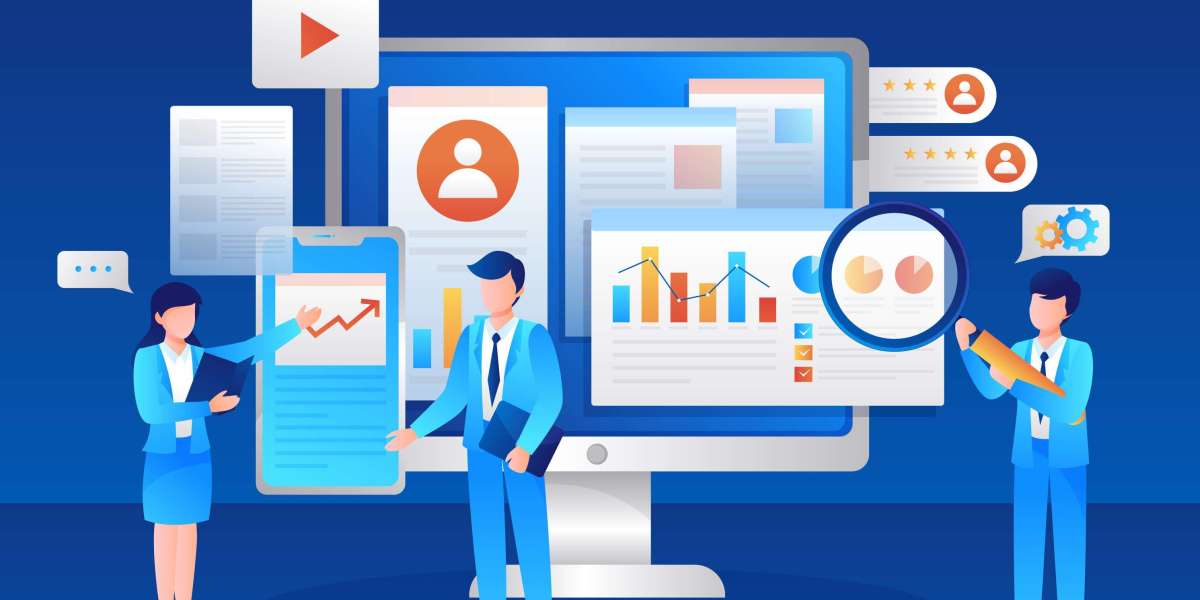As more organizations embrace digital solutions to manage internal requests, support tickets, and IT helpdesks, SharePoint has emerged as a popular platform for building custom ticketing systems. It’s flexible, familiar, and deeply integrated with Microsoft 365, making it a cost-effective and efficient solution for managing requests across departments.
But as convenient as a SharePoint ticketing system is, it must also be secure. Whether you're managing internal support tickets or handling sensitive HR or finance-related issues, protecting ticket data is critical. From unauthorized access to accidental data leaks, even a minor misconfiguration can expose confidential information or violate compliance policies.
In this article, we’ll walk you through essential tips and tools to secure your SharePoint-based ticketing system so your organization can enjoy the benefits of automation without compromising on data protection.
Why Security Matters in a SharePoint Ticketing System
A ticketing system typically contains sensitive or operationally critical information, including:
- Employee names, contact details, and internal IDs
- Confidential issue descriptions (e.g., HR grievances, technical vulnerabilities)
- Approval logs and task notes
- Attachments with private data or internal documents
If improperly secured, this data can be accessed by unauthorized individuals, leading to privacy violations, compliance breaches, or damage to employee trust. Securing your SharePoint ticketing system ensures that ticket data is visible only to the right people at the right time.
Tip 1: Use Role-Based Access Control (RBAC)
One of the most powerful features of SharePoint is its permission management capabilities. Use SharePoint groups and roles to control who can submit tickets, view tickets, assign tickets, and manage the system.
Best Practices:
- Define separate permission levels for requesters, responders, managers, and admins.
- Break permission inheritance for ticket lists or libraries to restrict visibility
- Hide ticket details submitted by one user from other users (especially in HR or finance-related requests)
- Regularly audit group membership to ensure access remains up-to-date.
Tip 2: Secure Ticket Metadata and Attachments
Each ticket in SharePoint may include metadata (e.g., priority, status, category) and uploaded files. Make sure these fields and files are protected with the same level of security as the main ticket item.
What to do:
- Configure validation rules to prevent file uploads with risky extensions (.exe, .js, etc.)
- Apply item-level permissions to restrict access to specific tickets or attachments to authorized users only.
- Use SharePoint’s IRM (Information Rights Management) for additional document protection.
Tip 3: Enable Multi-Factor Authentication (MFA)
Since your SharePoint ticketing system likely resides in Microsoft 365, enabling Multi-Factor Authentication (MFA) adds a critical layer of protection. It ensures that even if credentials are compromised, unauthorized access is still blocked.
How it helps:
- Reduces the risk of phishing and credential theft
- Protects access from unmanaged devices or unknown locations
- Supports regulatory compliance in industries like healthcare, finance, or education
Tip 4: Use Microsoft Purview (Data Loss Prevention)
Microsoft Purview provides Data Loss Prevention (DLP) policies that help prevent sensitive information from being shared inappropriately. This is especially useful when tickets may contain personal data, account numbers, or confidential attachments.
Recommendations:
- Set up DLP policies for your SharePoint site to scan tickets and flag sensitive information.
- Automatically block or alert users attempting to share protected data externally.
- Log and review DLP violations for better compliance visibility.
Tip 5: Implement Secure Forms for Ticket Submission
If you’re using Power Apps or Microsoft Forms to submit tickets into SharePoint, ensure that these forms are adequately secured.
Security Tips:
- Limit form access to authenticated users only
- Validate input fields to avoid injection or malformed data.
- Utilize SharePoint’s built-in user information to automatically populate the requestor identity, thereby reducing data entry errors and spoofing.
Tip 6: Use Logging and Monitoring Tools
Activity logging is essential for security and compliance. SharePoint and Microsoft 365 provide extensive audit logs that show who accessed or modified content, and when.
How to use them:
- Enable Unified Audit Logging in the Microsoft 365 Compliance Center
- Set alerts for suspicious actions like bulk downloads or permission changes.
- Regularly review ticketing system logs to detect unauthorized access or unusual patterns.
Tip 7: Regularly Review and Clean Up Permissions
Over time, users leave teams, roles change, and projects come to an end. If permissions are not regularly reviewed, old users may still retain access to sensitive tickets.
What you should do:
- Schedule quarterly reviews of SharePoint site permissions
- Use PowerShell scripts or admin tools to identify unused groups or inactive users.
- Implement automated expiration for temporary access permission.s
Bonus: Create a Security Playbook for Your Support Team
Security isn’t just about tools, it’s about people and processes. Train your support or operations team on how to use the SharePoint ticketing system securely and effectively.
Your playbook should include:
- Ticket classification guidelines (confidential vs. public)
- Handling procedures for sensitive or flagged tickets
- Steps for escalating potential security incidents
- Responsibilities for auditing and reporting
Why Use SharePoint for Ticketing Securely
Despite the need for precautions, SharePoint remains one of the most secure, flexible platforms for building internal ticketing systems. With features such as document management, Power Automate integration, item-level permissions, and Microsoft Defender for Cloud, it enables you to create a robust and fully protected request management system.
But like any powerful tool, it requires proper planning, configuration, and monitoring to ensure it remains secure as your organization scales.
Concluding Thoughts
A SharePoint ticketing system can transform how you handle internal support, streamline service delivery, and enhance visibility across departments, but only if it’s secure. Protecting your ticket data ensures compliance, builds employee trust, and safeguards your organization from unnecessary risk.
Ready to build a secure ticketing system in Microsoft 365?
Explore our complete guide to the SharePoint ticketing system and let Neologix help you create a scalable, secure, and intelligent support solution.



